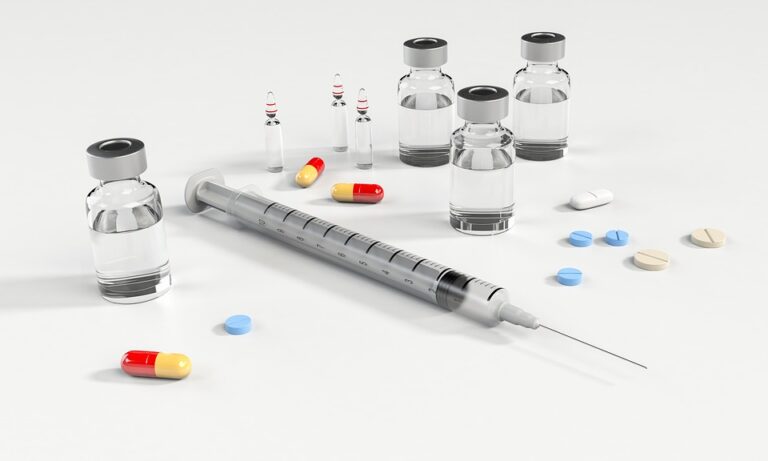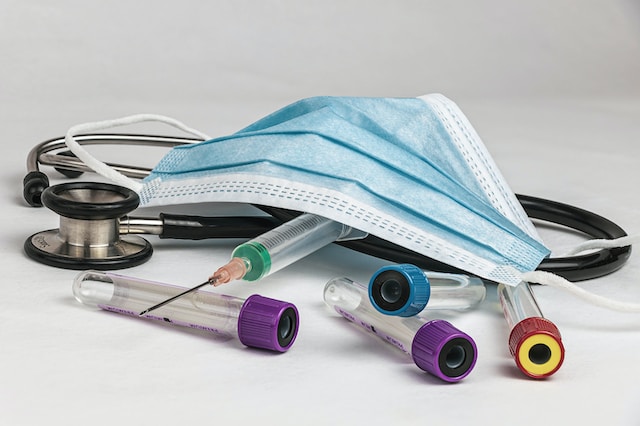Value based pricing in Latin America: Should we consider its implementation in the region?
[vc_row css=».vc_custom_1533834763111{background-color: #ffffff !important;}»][vc_column][vc_custom_heading text=»Value based pricing in Latin America: Should we consider its implementation in the region?» font_container=»tag:h2|text_align:center|color:%23990d0d» use_theme_fonts=»yes»][vc_row_inner content_placement=»middle»][vc_column_inner width=»1/4″][/vc_column_inner][vc_column_inner width=»1/4″][vc_single_image image=»2743″ img_size=»110×110″ alignment=»center» style=»vc_box_shadow_circle_2″ css_animation=»bounceIn»][/vc_column_inner][vc_column_inner width=»1/4″][vc_column_text el_class=»referencias»]By: Aurelio Mejía Mejía
Lecturer and researcher in health technology assessment[/vc_column_text][/vc_column_inner][vc_column_inner width=»1/4″][/vc_column_inner][/vc_row_inner][/vc_column][/vc_row][vc_row][vc_column][vc_column_text]Health systems in Latin America are confronted with increasing pressures associated to ageing population, the implementation of policies to achieve universal coverage, higher expectations of population and the adoption of new healthcare technologies that increase healthcare costs. At the same time, countries in the region have limited scope to increase expenditure due to fiscal constraints (Pessino et al., 2018). Therefore, in a context of constrained resources and increasing expenditure pressures, the ability of governments to ensure access to innovative drugs will depend on the design of policies aimed at increasing efficiency in pharmaceutical expenditure (see box for general data on pharmaceutical spending).
In recent publications of the Inter American Development Bank, it is suggested that the way medicines are paid is one of the main sources of inefficiencies in the health systems, which is in part associated to “higher than necessary prices for medicines” (Pessino et al., 2018) and that drug policy should go beyond international reference pricing and consider other alternatives that could improve the balance between cost and benefits of new drugs (BID, 2018).
One of such alternatives is value based pricing (VBP), a process by which the price (or reimbursement) of a healthcare technology is based on its value, which usually comprises the therapeutic benefit of the technology (estimated through comparative effectiveness and safety analysis) but that could also include other dimensions of value relevant for the society, for example the impact of the technology on costs, possible scientific spillover, the reduction in uncertainty and other attributes (Lakdawalla et al., 2018).
VBP as an alternative to regulating prices has the potential to reduce costs to consumers [and] provide reasonable and directed incentives for research-based pharma” (Jayadev & Stiglitz, 2009) and also send signals to manufacturers that could influence research and development in areas in which innovation could have higher social returns (Garrison et al., 2018). However, care should be taken because inappropriate estimation of value and subsequent pricing and reimbursement decisions (either because value is not adequately defined or methodological assessment does not follow sound methodological principles) could reduce incentives for research and development (R&D) in areas in which R&D is actually needed, create additional barriers to patients, affect the prospects of acquiring further evidence and eventually lead to worst health outcomes (Burkholder et al., 2018; Claxton et al., 2008).
In fragmented health systems with multiple payers, as is common in Latin America, the lack of centralized mechanisms to assess value of new drugs, insufficient information systems to support pricing and reimbursement decisions and weak institutional arrangements impose challenges to implement this policy in the region. However, there are recent developments that offer opportunities to consider PBV as one mechanism that could promote efficiency in pharmaceutical expenditure in Latinamerica, for example the institutionalization of health technology assessment in many countries, increased technical capacity and further joint collaboration experiences (like regional purchases of drugs and the development of regional HTA guidelines and assessments), all of which constitute the necessary foundations to implement a PBV policy.
Pharmaceutical policies have the potential to influence the efficiency of pharmaceutical spending and countries have implemented different alternatives in their attempt to control rising healthcare costs (OECD, 2015). VBP is one alternative that offers an opportunity to promote efficiency and that warrants a technical discussion in Latin-American countries. However, any proposal must be based on sound technical analysis of its pros and cons and discussed with relevant stakeholders (e.g. industry, insurers, providers, clinicians and patients), particularly to reach general agreements on what constitutes the value of a health technology, that is, which attributes of a technology should be included in the definition of value.
Worldwide pharmaceutical spending
In OCDE countries, expenditure on drugs range from 6,6% of total health spending in Denmark to 22,7% in Mexico and 28,8% in Russia. As percentage of GDP, pharmaceutical spending ranges from 0,53% in Luxemburg to 2,22% in Greece (OCDE, 2018). In 2010, total world spending on pharmaceuticals reached 887 billion U.S. dollars; By 2022, it is estimated that the pharmaceutical market will increase to over 1.4 trillion U.S. dollars (Statista, 2018).
[/vc_column_text][/vc_column][/vc_row][vc_row css=».vc_custom_1533834464911{background-color: #f7f7f7 !important;}»][vc_column][vc_custom_heading text=»References» font_container=»tag:h4|text_align:left|color:%23990d0d» use_theme_fonts=»yes»][vc_column_text el_class=»referencias»]Banco Interamericano de Desarrollo (2018). Mejor gasto para mejores vidas. Capítulo 8. Available at: https://flagships.iadb.org/sites/default/files/dia/chapters/DIA%202018%20-%20Mejor%20gasto%20para%20mejores%20vidas%20-%20Cap%208%20-%20Un%20gasto%20eficiente%20para%20vidas%20ma%CC%81s%20sanas.pdf Accessed on 18 September 2018.
Burkholder R, et al. (2018). ISPOR’s Initiative on US Value Assessment Frameworks: An Industry Perspective. Value in Health 21(2):173–175.
Claxton K, Briggs A, Buxton MJ, et al. (2008). Value based pricing for NHS drugs: an opportunity not to be missed? BMJ: British Medical Journal. 2008;336(7638):251-254.
Garrison L, et al. (2018). A Health Economics Approach to US Value Assessment Frameworks — Summary and Recommendations of the ISPOR Special Task Force Report [7]. Value in Health 21:161–165.
Jayadev A, Stiglitz J (2009). Two Ideas To Increase Innovation And Reduce Pharmaceutical Costs And Prices. Health Affairs 28(1), w165–w168.
Lakdawalla D, et al. (2018). Defining Elements of Value in Health Care — A Health Economics Approach: An ISPOR Special Task Force Report [3] Value in Health 21(2):131–139.
OECD (2018). Pharmaceutical spending (indicator). doi: 10.1787/998febf6-en Accessed on 17 September 2018.
OECD (2015). Health at a Glance 2015: OECD Indicators, OECD Publishing, Paris. Available at: http://dx.doi.org/10.1787/health_glance-2015-en Accessed on 18 September 2018.
Pessino C, Pinto D, Cafagna G, Giles L, Tolsa N (2018). Public Expenditure Efficiency in Health Care in Latin America and the Caribbean: Highlights from an IDB Workshop on Public Expenditure Efficiency and Outcomes. Available at: https://publications.iadb.org/handle/11319/8734 Accessed on 18 September 2018.
Statista (2018). Global spending on medicines from 2010 to 2022. https://www.statista.com/statistics/280572/medicine-spending-worldwide/ Accessed on 17 September 2018.
[/vc_column_text][/vc_column][/vc_row]







